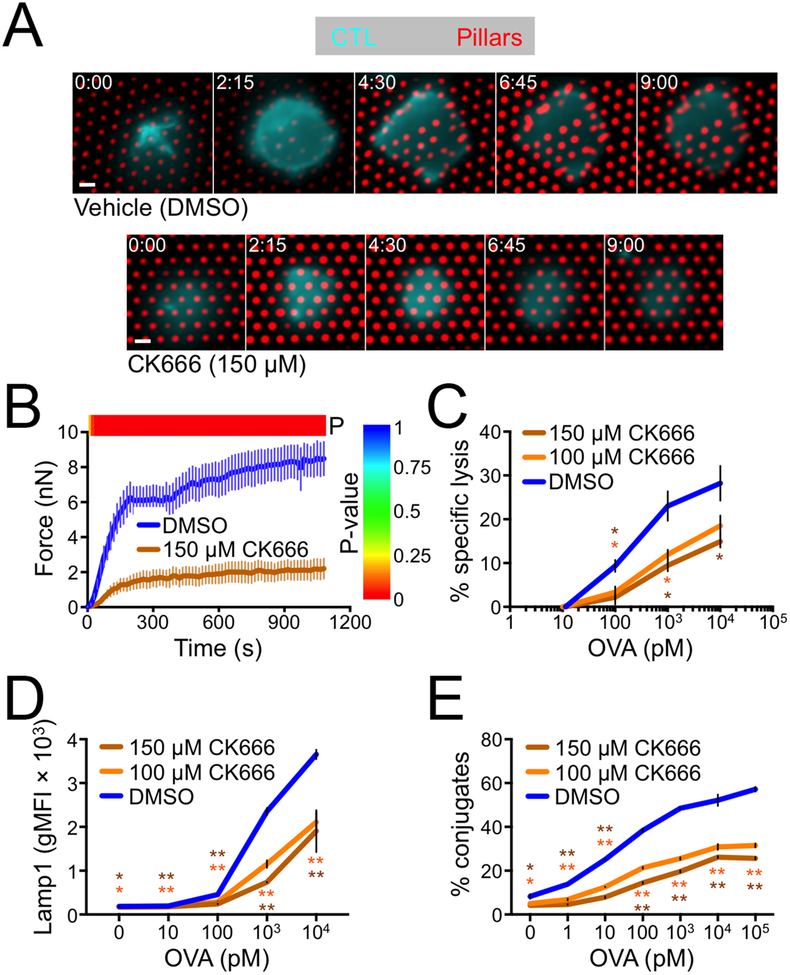Figure 4. CK666 inhibits force exertion and cytotoxicity.
(A-B) OT1 CTLs were labeled with a fluorescent anti-CD45 Fab, incubated with 150 μm CK666 or vehicle control (DMSO), and imaged on narrow fluorescent micropillars coated with H2-Kb-OVA and ICAM1. (A) Time-lapse montages of representative CTLs showing pillar deflection. Time in M:SS is indicated in the upper left corner of each image. Scale bars = 2 μm. (B) Total force exertion against pillar arrays was graphed versus time. Color bar above the graph indicates the P-value for each time point (two-tailed Student’s T-test). N = 9 for DMSO, 10 for CK666. (C-E) RMA-s target cells were loaded with increasing concentrations of OVA and mixed with OT1 CTLs in the presence or absence of CK666 as indicated. (C) Specific lysis of RMA-s cells. (D) Lytic granule fusion measured by surface exposure of Lamp1. (E) CTL-target cell conjugate formation measured by flow cytometry. All error bars denote SEM. In C-E, P values were calculated by two-tailed Student’s T-test comparing each CK666 condition against vehicle control. * and ** indicate P < 0.05 and P < 0.01, respectively, colored to match the appropriate CK666 concentration.

